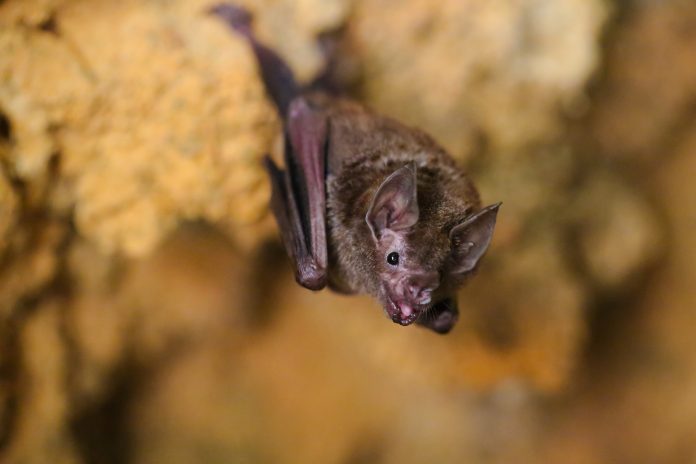Scientists have identified coronaviruses related to SARS-CoV-2 from bats sampled in Cambodia, suggesting a much larger geographic distribution than previously assumed
Published in the journal Nature Communications, scientists have found detection of the closest ancestors of SARS-CoV-2 known to date in cave bats in Laos.
This indicates that viruses which cause COVID-19 have a much wider geographical distribution than previously reported, further supporting the hypothesis that the pandemic originated through a bat-borne virus.
“Southeast Asia is considered a hotspot for emerging diseases”
Southeast Asia hosts a large range of diverse wildlife, and thus has extensive trade in and human contact with wild hosts of SARS-like coronaviruses.
As the region is undergoing dramatic land-use changes such as infrastructure development, urban development, and agricultural expansion, increased contact between wildlife and humans correspondingly increases potential infection from viruses.
The current understanding of the geographic distribution of the SARS-CoV and SARS-CoV-2 lineages suggests a lack of research and sampling around Southeast Asia, encompassing Myanmar, Laos, Thailand, Cambodia and Vietnam, as well as the Yunnan and Guanxi provinces of China, where this newer research has been found.
Research suggests that SARS-CoV-2 related viruses likely circulate throughout multiple bat species, through using metagenomic sequencing to identify the nearly identical viruses in two Shamel’s horseshoe bats, scientifically known as Rhinolophus shameli, which were originally sampled in 2010.
The authors additionally note that other animals in the Southeast Asian region such as pangolins, as well as certain species of cat, civet, and weasels are subject to SARS-CoV-2 infection, and may be intermediary hosts for transmission to humans.
In 2020, viruses of the SARS-CoV-2 sublineage were detected in individual groups of pangolins seized during anti-smuggling operations in southeast China. One virus presented strong sequence similarity to SARS-CoV-2 in the receptor biding domain.
Though it is impossible to know where the animals became infected with the virus, the authors note that the natural geographic range of this specific pangolin species also exists in Southeast Asia and not China.
Monitoring potential virus hosts for better pandemic preparedness and prevention
Dr. Lucy Keatts of the Wildlife Conservation Society’s (WCS) Health Program and a co-author of the study said: “These findings underscore the importance of increased region-wide investment in bridging capacity for sustainable surveillance of pathogens in wildlife, through initiatives such as WildHealthNet.
“Southeast Asia hosts a high diversity of wildlife and an extensive wildlife trade that puts humans in direct contact with wild hosts of SARS-like coronaviruses. The region is undergoing dramatic land-use changes such as infrastructure development, urban development, and agricultural expansion that can increase contacts between bats, other wildlife, domestic animals and humans.
“Continued and expanded surveillance of bats and other key wild animals in Southeast Asia is a crucial component of future pandemic preparedness and prevention.”
Southeast Asia exemplifies an area to consider in research for the origins of SARS-CoV-2 and in broader coronavirus exploration.








